Fascinating Facts About Animal Mummification in Ancient Egypt
Animal mummification in ancient Egypt was a carefully organized practice that connected spiritual beliefs with economic activity. This wasn’t a rare or occasional ritual but a large, sustained tradition lasting more than a thousand years.
Below are some facts that show the range of purposes, methods, and meanings associated with animal mummification.
Operations at an Industrial Scale
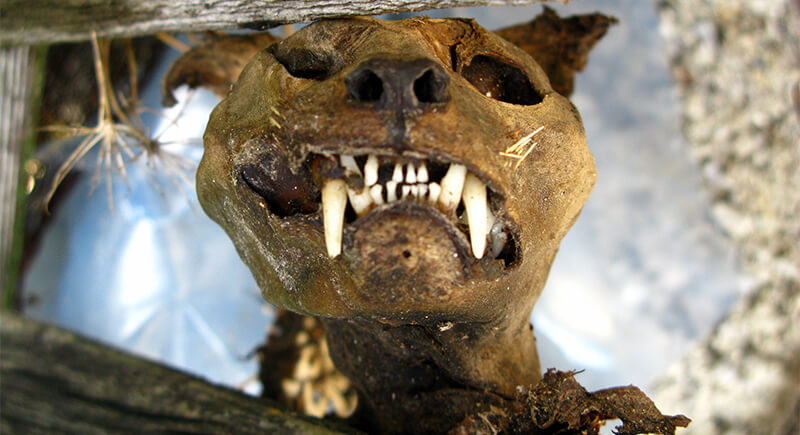
Credit: Wikimedia Commons
By the late dynasties, mummified animals were produced on an astonishing scale. Archaeologists have identified 30 separate catacombs dedicated to a single species. Many were filled from floor to ceiling and held millions of remains. This required constant breeding, preparation, and burial, which formed a complex supply system.
Temples Generated Steady Income
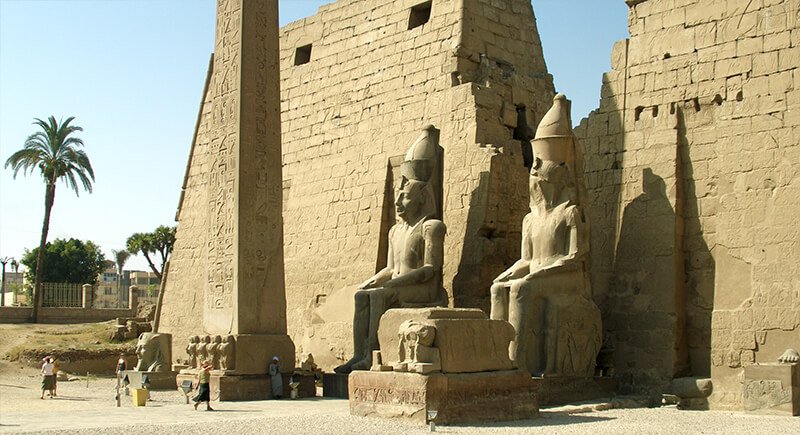
Credit: Wikimedia Commons
Temples sold pre-prepared mummies to visitors who wanted to honor a specific god. After purchase, priests buried these creatures in designated sacred areas. This practice created consistent income for temples and gave worshippers an immediate way to participate in rituals.
Various Animals Were Symbolic Stand-Ins for Sacred Creatures
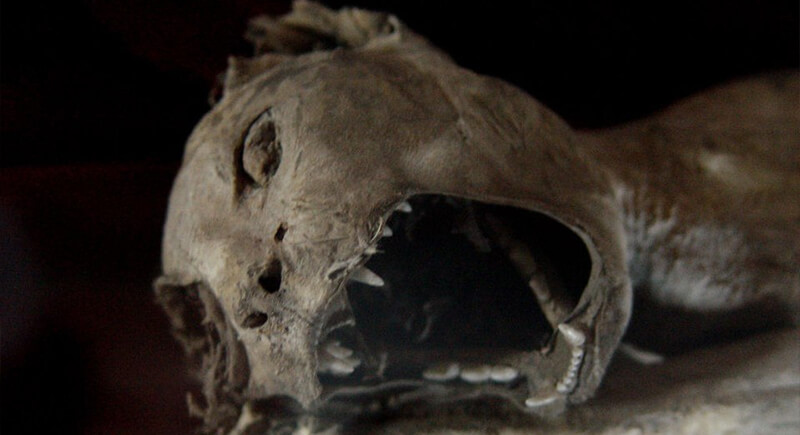
Credit: Wikimedia Commons
CT scans and X-rays have shown that several final products did not hold complete skeletons. Instead, they sometimes contained feathers, eggshells, or mud. These materials had touched sacred animals, which gave them religious significance. Worshippers valued the connection over physical completeness.
A Glacier Hare Gave Clues to the Species’ Historic Range
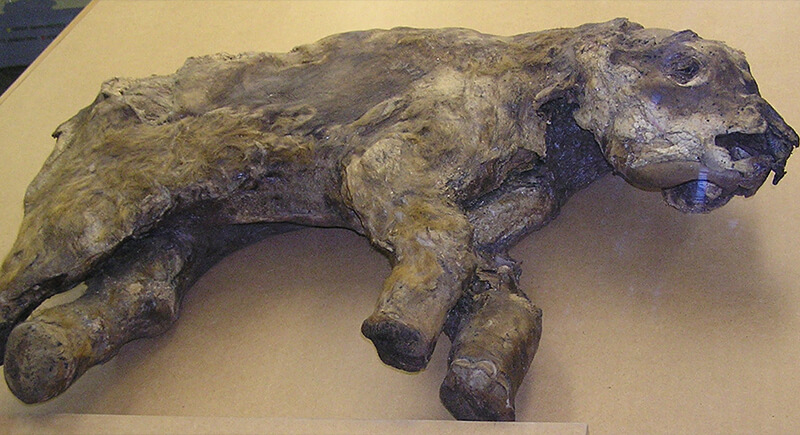
Credit: Wikimedia Commons
A mummified glacier hare discovered in Egypt surprised scientists because it came from high-altitude terrain the species no longer inhabits. Its location suggests the animal’s historic range extended much farther than it does today. These findings show that mummies can be valuable biological records as well as cultural artifacts.
Specialized Breeding for the Gods
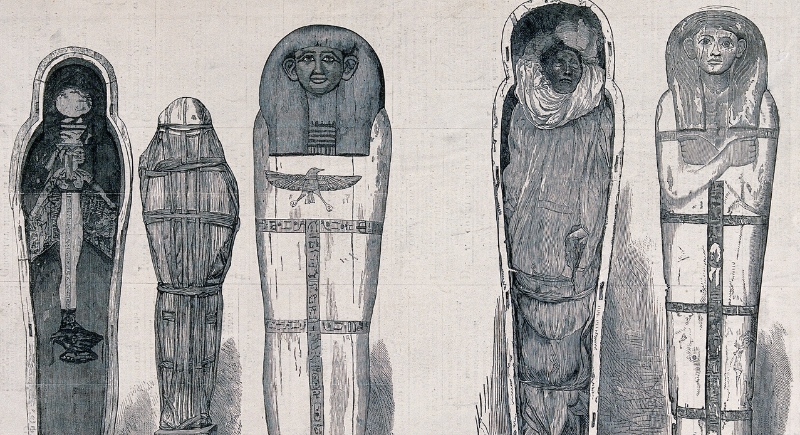
Credit: Wikimedia Commons
Evidence suggests temples maintained dedicated breeding grounds for animals tied to particular gods. Cats linked to Bastet, ibises to Thoth, and crocodiles to Sobek were raised in large numbers. Many were killed while young to keep them small for the purpose of wrapping them up.
Temple Animals Received Royal Treatment
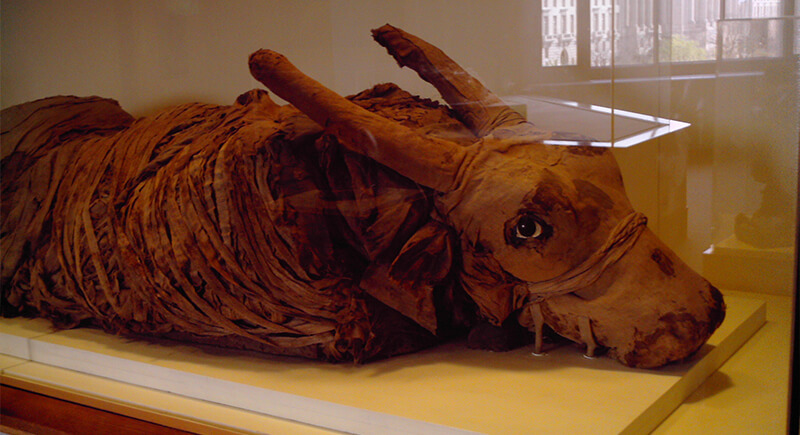
Credit: Wikimedia Commons
The Apis bull, considered the living embodiment of a god, was given exceptional care. Priests traveled across Egypt to find a bull with specific markings, then housed it in a temple with the best food and constant attention. When it died, the burial involved skilled embalming, decorated tombs, and lengthy ceremonies.
Animals Were Sometimes Deliberately Attacked
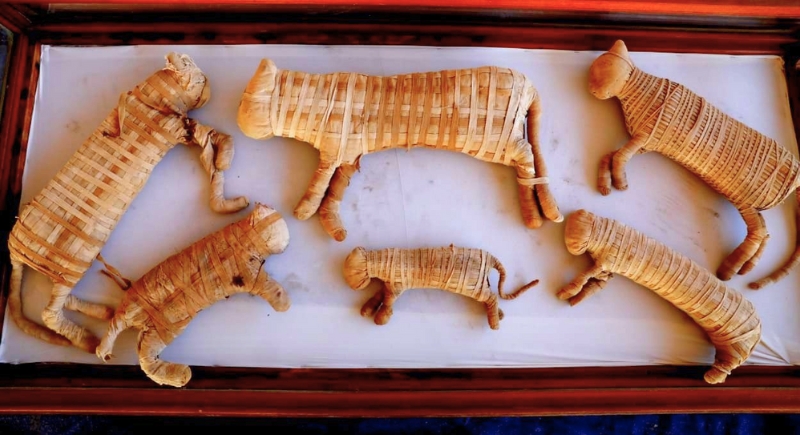
Credit: X
Examinations of remains indicate intentional attacks, which include broken necks and crushed skulls. These injuries likely allowed temples to control supply and ensured a fresh supply during festivals or high-demand seasons. While modern observers may see cruelty, in ancient Egypt, such actions were part of accepted ritual practice.
Not All Mummification Was Planned
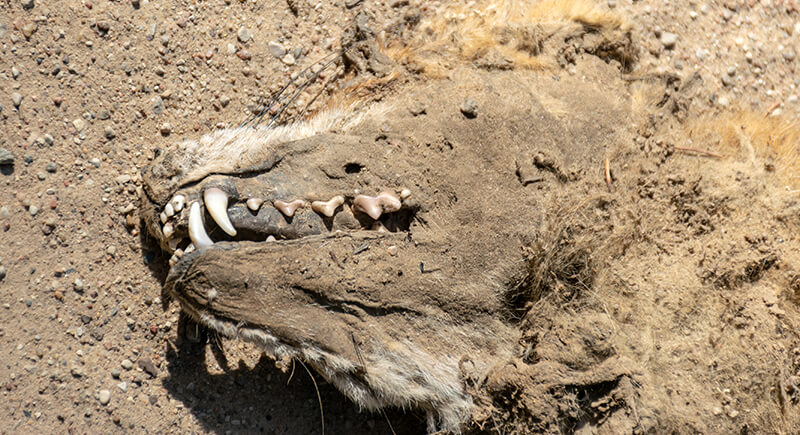
Credit: iStockphoto
Some animal remains in Egypt were kept naturally without human involvement. Dry sand, low humidity, and oxygen-poor conditions could prevent decay for centuries. Researchers have found naturally mummified lizards and birds showing no signs of embalming. These accidental rejections reveal information about ancient climate and burial environments.
There Were Three Main Purposes for Preservation
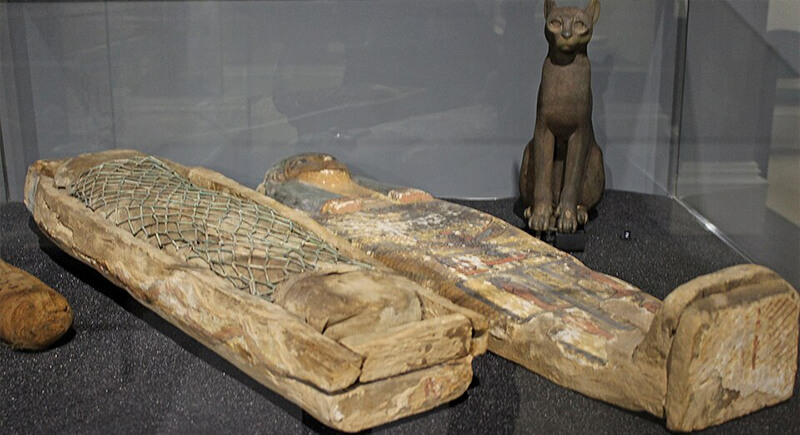
Credit: Wikimedia Commons
Animal mummification covered three distinct purposes back then. A couple of animals were personal companions buried with their owners, treated with the same care given to human remains. Others were revered temple animals, which represented the physical presence of a god. The largest group consisted of offerings purchased at sacred sites and buried during ceremonies.
Bog Experiments Reveal Preservation

Credit: Wikimedia Commons
Modern researchers have replicated natural conservation by placing animal remains in peat bogs. Within months, acidic water softened bones while keeping soft tissues intact. After years, the remains still appeared lifelike. Such experiments explain how bodies in wet, oxygen-poor environments can survive for centuries.
Methods Varied Widely
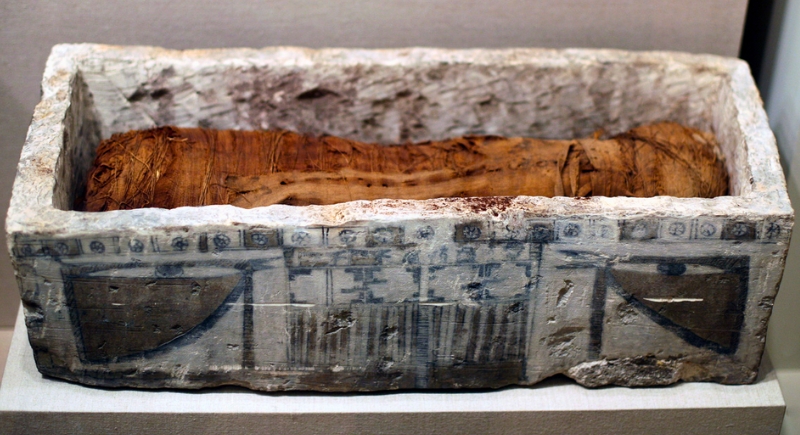
Credit: Wikimedia Commons
At the time, methods for maintenance ranged from elaborate embalming with resin and decorative wrapping to quick, simple preparation. High-status temple animals received the most skilled treatment. The variety allowed the practice to serve a number of purposes across different social and religious settings.
Researchers Recreated Ancient Techniques
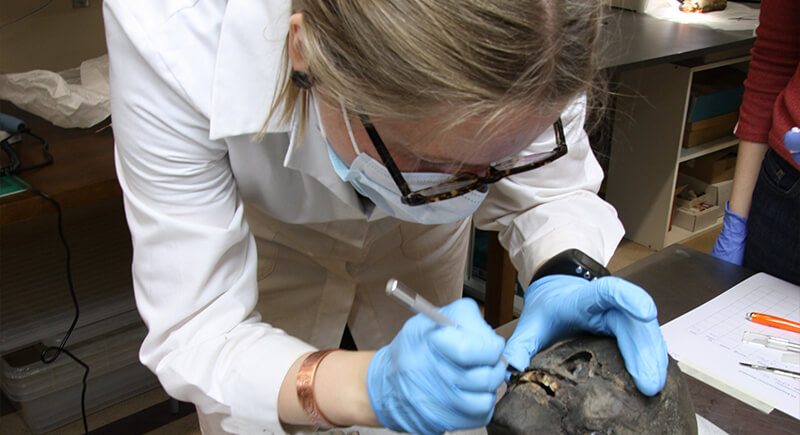
Credit: Wikimedia Commons
What a lot of people picture when they think of mummification comes from movies or museum displays, but experts have tested the process firsthand. They recreated animal mummies using birds that died naturally by following ancient recipes for resins, linen wrappings, and drying. Over time, they monitored how each method affected preservation.
Different Pets Were Conserved for the Afterlife
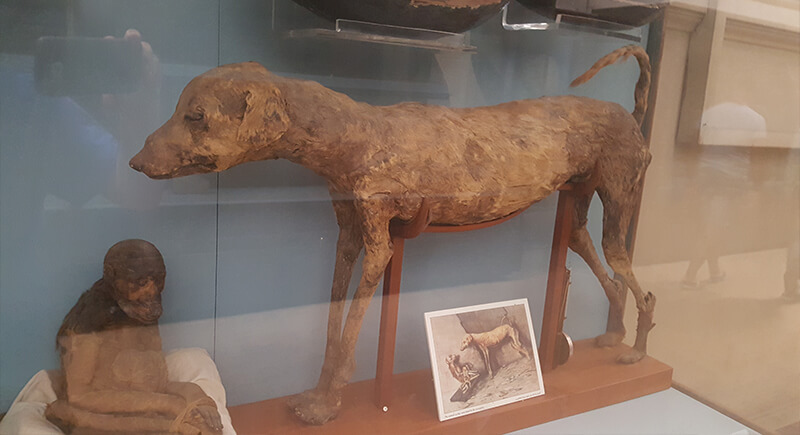
Credit: Wikimedia Commons
Excavations have uncovered cats, dogs, and monkeys mummified with the same techniques used for humans. These animals were buried alongside their owners, reflecting a belief that companionship continued beyond death. Decorative wrappings and small ornaments often accompanied these burials.
Religious Beliefs Dictated the Choice of Animal
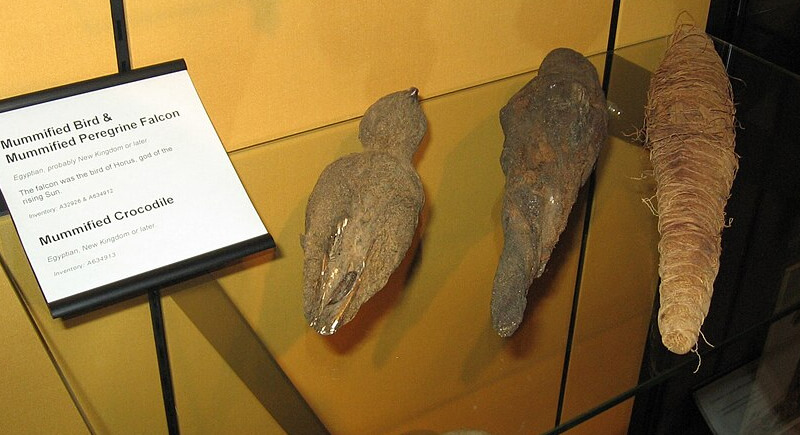
Credit: Wikimedia Commons
Animal selection followed a clear symbolic framework; for example, cats represented Bastet, ibises represented Thoth, crocodiles symbolized Sobek, and falcons stood for Horus. These associations shaped which animals temples bred or captured. The locals widely understood this system, so the choice carried meaning.
Most Sacred Ibis Mummies Came from Wild Populations
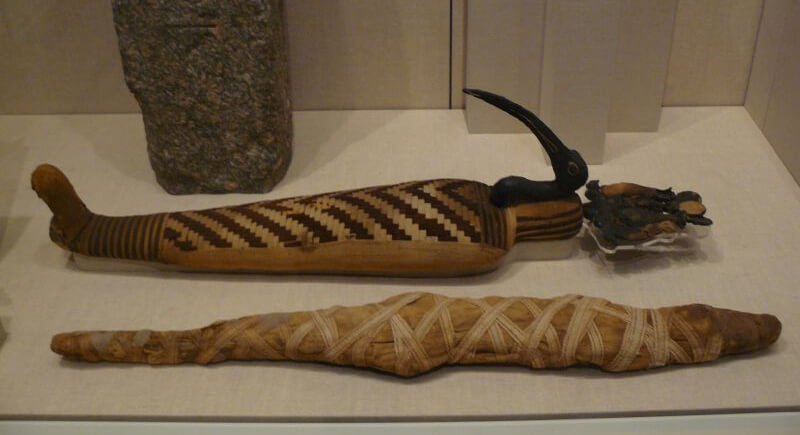
Credit: Wikimedia Commons
Genetic and isotopic analyses of thousands of mummified sacred ibises show they likely came from wild populations rather than large-scale breeding farms. These birds, offered to the god Thoth, display genetic diversity that would be absent in closed breeding groups. This evidence discloses a reliance on seasonal capture instead of permanent captive flocks.